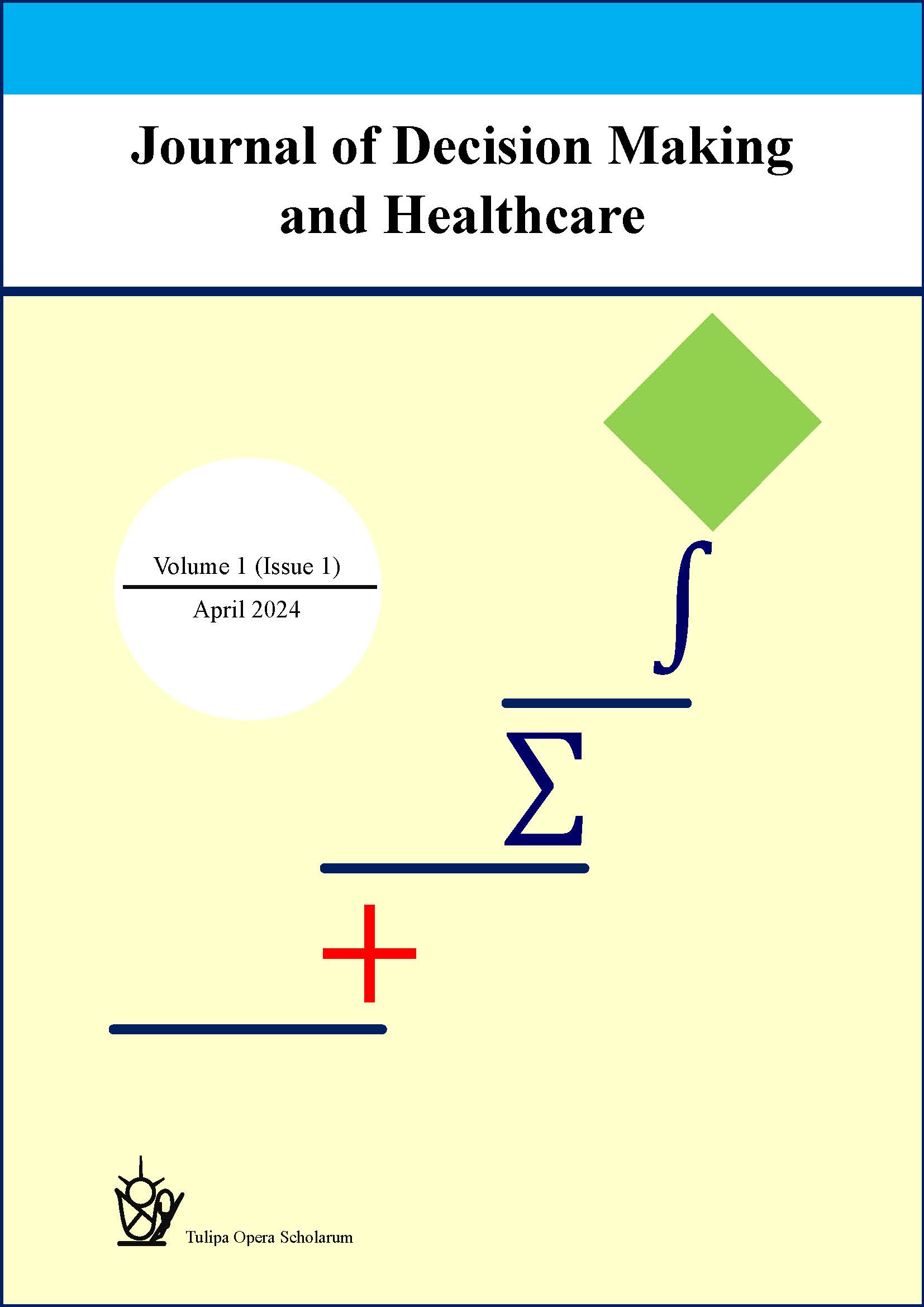Optimal EOQ inventory model having price sensitive demand with Weibull deterioration under complete backlogged shortages in crisp and fuzzy environments
Journal of Decision Making and Healthcare, Volume 2, Issue 2, August 2025, Pages: 136–153
PRIYABRAT DAS
Department of Mathematics, Veer Surendra Sai University of Technology, Burla 768018, Odisha, India
DEEPAK KUMAR NAYAK
Department of Basic Science and Humanities, Vignan Institute of Technology and Management, Berhampur, 761008, Odisha, India
SUSANTA KUMAR PAIKRAY
Department of Mathematics, Veer Surendra Sai University of Technology, Burla 768018, Odisha, India
Abstract
This research presents an economic order quantity (EOQ) inventory model for deteriorating products with price-sensitive demand and a Weibull deterioration rate, considering complete backlogged shortages. The model is examined in both crisp and fuzzy environments to address uncertainties in inventory parameters. In the crisp setting, deterministic values are used to determine optimal inventory decisions, whereas the fuzzy approach incorporates triangular fuzzy numbers, with defuzzification performed using the graded mean integration representation (GMIR) method. The framework integrates a backlogging mechanism where the proportion of backlogged demand varies over time, aligning with real-world inventory scenarios. A mathematical optimization technique is applied to establish the optimal replenishment policy that minimizes total inventory costs. Numerical examples validate the model through Mathematica 13.0.1 software, and a sensitivity analysis explores the influence of key parameters on optimal solutions. The managerial insights derived from this study provide valuable strategies for retailers managing perishable goods and operating in price-sensitive markets.
Cite this Article as
Priyabrat Das, Deepak Kumar Nayak and Susanta Kumar Paikray, Optimal EOQ inventory model having price sensitive demand with Weibull deterioration under complete backlogged shortages in crisp and fuzzy environments, Journal of Decision Making and Healthcare, 2(2), 136–153, 2025

